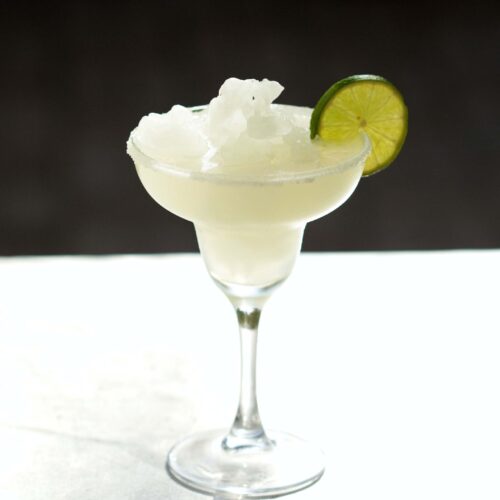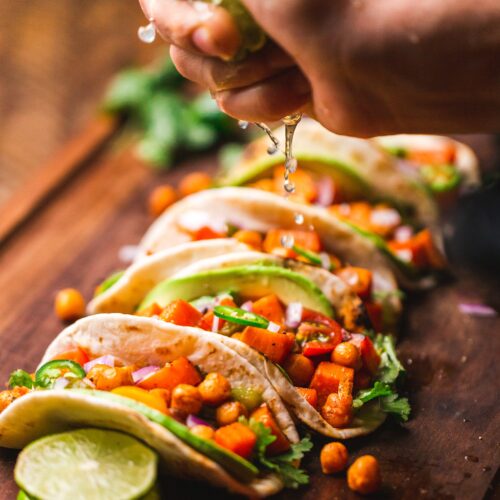Learn how to make soft and pillowy roti with our easy-to-follow recipe, guaranteed to impress your taste buds
Roti, also known as chapati, is a traditional Indian flatbread that has become a staple food in many parts of the world. Made from simple ingredients like wheat flour, water, and salt, roti is delicious and incredibly versatile, serving as a perfect accompaniment to various curries, vegetables, and lentil dishes.
With its fluffy texture and slightly charred surface, roti is a treat to eat and surprisingly easy to make at home. Whether you’re an experienced cook or a novice in the kitchen, mastering the art of roti-making can elevate your cooking game and impress your friends and family.
Here is a recipe for a traditional Indian-style roti:
Ingredients:
- 2 cups whole wheat flour
- 1 tsp salt
- 3/4 cup water
- 1 tbsp oil (optional)
Instructions:
- In a large bowl, combine the whole wheat flour and salt.
- Gradually add the water and knead the mixture until a smooth and pliable dough is formed. You may need to add in more water or flour to achieve the right consistency.
- Once the dough is formed, add the oil (if using) and knead again until the oil is fully incorporated.
- Divide the dough into small balls about the size of a golf ball.
- Using a rolling pin to flatten each ball on a floured surface into a thin, round roti. Aim for a thickness of about 1/8 inch.
- Heat a skillet or griddle over medium-high heat. Once hot, add the roti and cook for 1-2 minutes on each side or until the roti is lightly browned and puffy.
- Serve the roti hot with your favorite curry or other dishes.
Can you purchase pre-made roti dough?
Pre-made roti dough is available in many grocery and specialty food stores. This can be a convenient option for those who want to make roti at home without making the dough from scratch.
Pre-made roti dough can come in different forms, such as frozen or refrigerated, and may be made with additional flour or ingredients depending on the brand and region.
*When purchasing pre-made roti dough, it is essential to check the ingredients and instructions for use, as cooking times and techniques may vary depending on the specific product.
Some people may prefer the taste and texture of homemade roti dough, as it can be customized to their preferences and made with fresher ingredients.
- All-purpose flour dough: This is a simple dough made from all-purpose flour, water, and salt. It is similar to the dough used for making tortillas or chapatis. The dough is rolled into thin rounds and cooked on a griddle or skillet.
- Paratha dough: Paratha is a type of roti popular in South Asia. It is made from whole wheat flour, water, and oil and is rolled out into thin rounds, folded over, and rolled out again to create layers. The paratha is then cooked on a griddle or skillet.
- Naan dough: Naan is a type of Indian flatbread similar to roti. It is made from a dough of all-purpose flour, yeast, water, and sometimes yogurt or milk. The dough is rolled into oblong shapes and cooked in a tandoor oven or griddle.
*These are just a few examples of the different types of dough that can be used to make roti. Every kind of dough will have its own unique flavor and texture, so it is worth experimenting with different recipes to find your favorite.

Did you know?
Roti is not just a traditional staple food in India but also in several other countries across the world. Variations of roti can be found in different cultures, including the Middle East, Central Asia, and the Caribbean.
For example, in the Caribbean, roti is a popular street food that originated from the Indian indentured laborers who were brought to the region in the 19th century.
In Trinidad and Tobago, roti is so famous that it is considered the national dish, and there was even an annual “Roti Festival” to celebrate this beloved food.
This shows that roti has not only traveled far and wide but has also been adapted to different cuisines, making it a truly versatile and globally appreciated food.
A little history:
Roti is a traditional food in Trinidad and Tobago with its roots steeped in Indian cuisine. The word “roti” comes from the Hindi word “roti,” which means bread.
Indian indentured laborers were brought to Trinidad and Tobago in the 1800s to work on sugar plantations. They brought their traditional recipes with them, including the presentation of roti. As they shared their roti, it gradually gained popularity among other ethnic groups in Trinidad and Tobago.
In these islands, there are several types of traditional roti, including dhal puri, paratha, and sada roti. Dhalpuri is a roti filled with ground split peas, while paratha is a flaky, layered roti. Sada roti is a plain, unleavened roti often used as a wrap for curries and other dishes.
A traditional Roti is often served with various fillings, including curried chicken, beef, or goat; channa (chickpeas); and aloo (potatoes). It is often paired with mango chutney, tamarind, and hot pepper sauce.
Roti is a traditional food and a cultural symbol of the country’s diverse heritage. Roti shops can be found throughout the islands, and traditional roti is often served at social gatherings and festivals, such as Divali and Eid-ul-Fitr.




